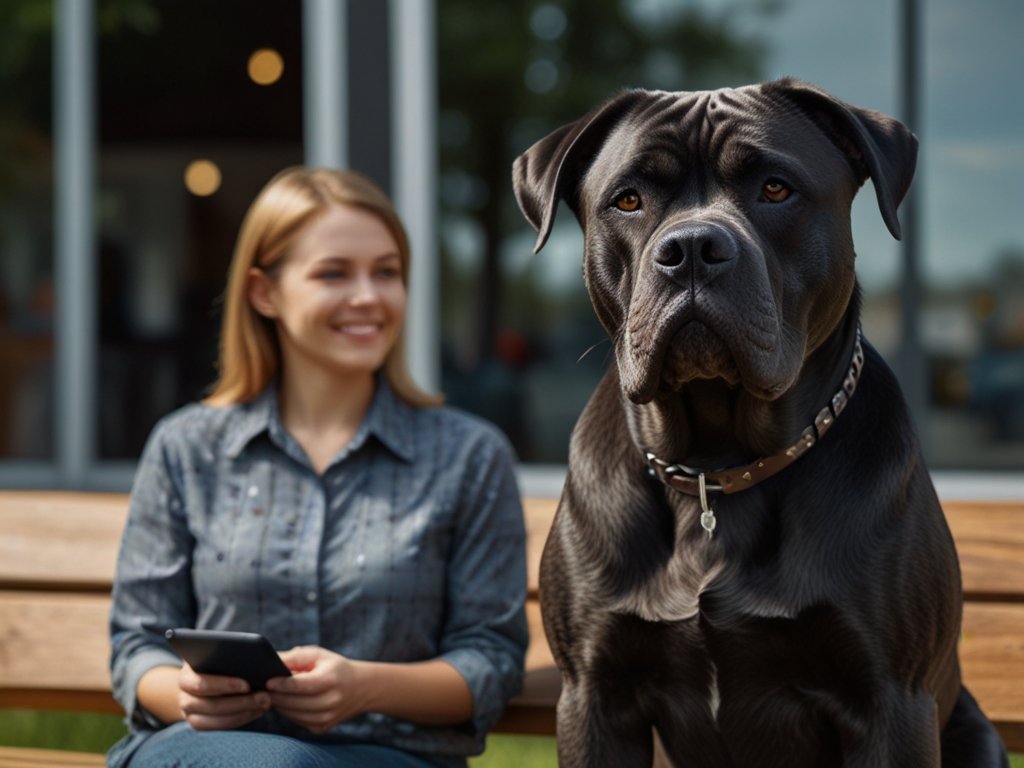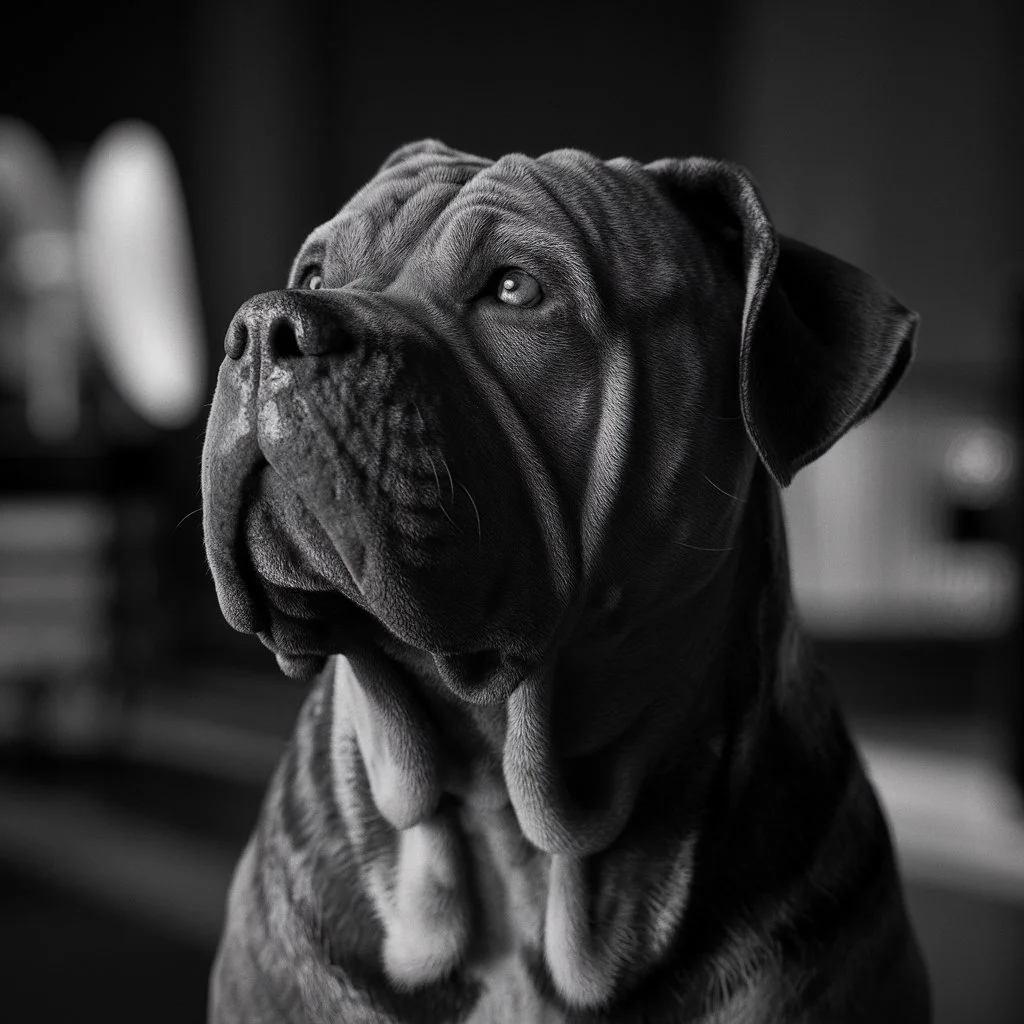- Introduction
- Historical Roles of the Working Cane Corso
- Cane Corso: Evolution and Roles Through History
- Key Characteristics of the Cane Corso as a Working Dog
- Modern Working Roles of the Cane Corso
- Training and Raising a Working Cane Corso
- Cane Corso: A Versatile Working Dog
- Comparison with Other Working Breeds
- Conclusion
Introduction
The Cane Corso, a breed with deep historical roots in ancient Rome, has long been celebrated as a versatile and powerful working dog. Known for its loyalty, intelligence, and unmatched protective instincts, the working Cane Corso is more than just a companion—it’s a dog with purpose. In this article, we’ll explore the Cane Corso's working history, its modern-day roles, and why this breed continues to excel in various working capacities. Whether you’re curious about the working lines of Cane Corsos or considering one as a guardian for your home, we’ll cover everything you need to know.
Historical Roles of the Working Cane Corso
Cane Corso: Evolution and Roles Through History
Ancient Rome
War dog, accompanying Roman soldiers into battle
Post-Roman Era
Hunter, herder, and property guardian
Late 20th Century
Near extinction due to agricultural mechanization
1983
Society Amorati Cane Corso formed to revive the breed
1996
Officially recognized by the FCI
Modern Day
Police dog, search and rescue, property guardian, and family companion
From War Dog to Property Protector
The Cane Corso dates back to the days of ancient Rome, where it was originally used as a war dog. These dogs accompanied Roman soldiers into battle, demonstrating fearlessness and strength. Afterward, their role evolved to meet the demands of agriculture and protection. Cane Corsos were tasked with hunting large game, herding livestock, and protecting farms and estates from intruders and wild animals.
In more recent history, mechanization reduced the need for working dogs on farms, and the breed nearly faced extinction by the late 20th century. However, thanks to the Society Amorati Cane Corso, formed in 1983, the breed was revived and officially recognized by the FCI in 1996. Today, the working Cane Corso continues to excel in various roles, from protection to sports and beyond.

Key Characteristics of the Cane Corso as a Working Dog
1. Size and Strength
A working Cane Corso is known for its impressive size and strength. The breed’s physical stature makes it well-suited for various demanding tasks.
- Height: Males typically stand between 62-70 cm, while females are slightly smaller at 58-66 cm.
- Weight: Males weigh between 45-50 kg, and females between 40-45 kg, making the Cane Corso a formidable presence.
Despite its large size, the Cane Corso is agile and athletic, making it more versatile than many other molosser breeds. This combination of power and agility makes them ideal for working roles such as property protection and police work.
2. Protective Instincts and Intelligence
One of the most defining traits of the Cane Corso working dog is its natural protective instinct. Bred for centuries to guard and protect, the Cane Corso requires little encouragement to take on this role in a modern setting.
- Guarding Capabilities: Cane Corsos are natural guardians and excel at protecting homes, farms, and livestock. Their territorial nature and loyalty make them reliable protectors without the aggression seen in some other guard breeds.
- Trainability: Cane Corsos are highly intelligent and respond well to positive reinforcement. With the right training, they can quickly learn commands and adapt to tasks ranging from basic obedience to advanced protection training.

Modern Working Roles of the Cane Corso
1. Police and Search-and-Rescue Dogs
Given their intelligence and strength, Cane Corsos have found modern roles in police work and search-and-rescue operations. Their ability to track scents, combined with their endurance, makes them valuable in high-stakes environments.
- Tracking and Apprehension: In police work, Cane Corsos can be trained to track suspects and apprehend them when necessary. Their controlled strength allows them to neutralize threats without excessive aggression.
- Search and Rescue: Cane Corsos’ stamina and agility make them suitable for search-and-rescue missions, especially in rural or difficult-to-access terrains. They have the physical endurance and the intelligence to follow commands even in stressful situations.
2. Guarding Livestock and Property
Historically, working Cane Corso lines were developed to protect livestock and property. Today, these roles remain just as relevant, especially in rural areas.
- Livestock Guardianship: Cane Corsos are used as guardians for livestock, warding off predators like wolves or stray dogs. Their size and strength make them effective at keeping herds safe, and their natural instincts ensure they stay vigilant.
- Estate Protection: Working Cane Corso kennels often produce dogs specifically bred for estate protection. These dogs are trained to patrol large properties and alert owners to potential threats, making them ideal for homeowners seeking peace of mind.

Training and Raising a Working Cane Corso
To get the best out of a working Cane Corso, proper training is essential. Here are some tips for training and raising a Cane Corso working dog:
Cane Corso: A Versatile Working Dog
Physical Characteristics
- Height: 58-70 cm
- Weight: 40-50 kg
- Lifespan: 10-12 years
Working Capabilities
- ✓ Excellent guardian
- ✓ Athletic and agile
- ✓ Intelligent and trainable
- ✓ Versatile in various roles
Modern Uses
• Police dog
• Search and rescue
• Property guardian
• Canine sports companion
Historical Timeline
Ancient Rome
War dog
Late 20th Century
Near extinction
1996
FCI recognition
The Cane Corso: From ancient war dog to versatile modern working companion
1. Early Socialization and Positive Reinforcement (H3)
Early socialization is key to raising a well-balanced Cane Corso. From a young age, they need exposure to different people, environments, and animals to ensure they grow into confident, well-behaved adults.
- Socialization Benefits: Proper socialization helps prevent fear-based aggression and ensures your Cane Corso working dog is comfortable in various settings, whether it's a crowded urban area or a rural farm.
- Positive Reinforcement: Cane Corsos respond best to positive reinforcement methods. Harsh corrections can lead to stubbornness, while praise, treats, and consistent commands encourage good behavior and strengthen the bond between dog and handler.
2. Finding a Reputable Breeder for Working Cane Corsos
If you’re looking to purchase a working Cane Corso, it’s essential to choose a breeder who specializes in working lines. These breeders focus on preserving the breed’s working capabilities and temperament, ensuring you get a dog that’s suited for demanding tasks.
- Working Line Cane Corso Breeders: Look for working line Cane Corso breeders with a strong reputation for producing dogs with the physical and mental traits needed for work. These breeders often emphasize agility, endurance, and trainability in their lines.
- Cane Corso Working Kennels: Reputable Cane Corso working kennels often have dogs that are bred specifically for protection, police work, or other demanding roles. These dogs are evaluated for their working potential from an early age.
Comparison with Other Working Breeds
Compared to other working breeds, the Cane Corso stands out for its combination of agility, intelligence, and loyalty. While breeds like the Mastiff are similarly protective, the Cane Corso is more agile and athletic, allowing it to excel in a wider variety of roles.
- Athleticism: More agile than many molossers, the Cane Corso can participate in physically demanding tasks, from guarding to sports like obedience and tracking.
- Balanced Nature: While the Cane Corso working dog is protective, it is less aggressive than some other guarding breeds, making it a safer choice for families and those seeking a more controlled guard dog.

Conclusion
The working Cane Corso is a versatile, intelligent, and loyal breed that excels in various roles, from property protection to search-and-rescue operations. Their deep history as war and working dogs, combined with modern training, ensures that Cane Corso working lines continue to thrive today. Whether you're considering a Cane Corso working dog for protection, farm work, or companionship, it’s crucial to provide proper training, socialization, and care.
For those seeking a working line Cane Corso, choosing the right breeder and kennel is essential to ensuring you get a dog that’s suited for your specific needs.
Thinking About Getting a Cane Corso for Work or Protection? Share Your Thoughts and Ask for Expert Advice!
Are you considering adding a working Cane Corso to your home or farm? Let us know your questions or experiences in the comments below, and don’t forget to visit our Cane Corso Working Dog Guide for more in-depth information on training and care.


Leave a Reply